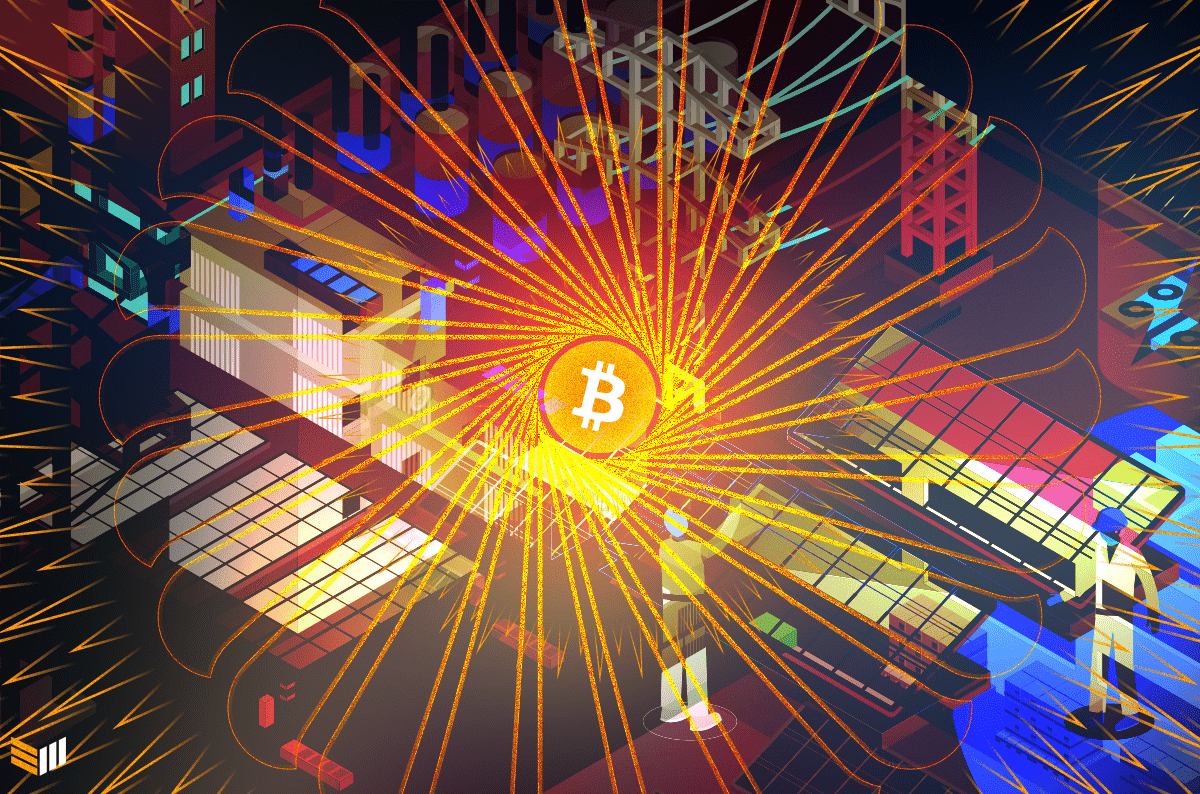Energy consumption from Bitcoin mining is massive, and people are taking notice. The increases have been scaling fast, with mining energy usage quickly surpassing the totals of small countries. And many see this ever-increasing carbon footprint as a threat to climate change.
But it’s no threat. In fact, increasing energy usage might save the planet.
BITCOIN MINING ENERGY CONSUMPTION AND ITS BYPRODUCT
In the early days of Bitcoin mining, you could mine with a laptop in your home. Simply set up a rig and let it run, and while it might get a little warm in the room and the energy bill might spike a bit, an early miner could be profitable. Back then, miners were only competing with other hobbyists or very small-time facilities.
But gone are the days when a single person could set up a rig in their house and competitively mine for bitcoin. Today, in order to mine competitively, you need to be quick, big and powerful. This means having the most state-of-the-art hardware at scale to run algorithms the fastest. Massive data centers with thousands of rigs have now populated the competitive landscape of mining. Those with the highest-performing hardware, the most efficient software, the most well-run operations and the cheapest electricity will edge out the competition.
And that level of computing is going to churn out a lot of energy. It’s estimated that Bitcoin mining is producing nearly 195 TWh of energy annually, which is comparable to the energy consumption of Thailand.
Such high energy production, which is required to stay competitive, means that mining operations have to keep low energy costs a priority in their operations. Because crypto mining isn’t tied to a location, many mining operations are seeking out regions to build data centers that offer cheap, and ideally renewable, energy sources. Currently, sustainable energy sources like hydro and wind are not only the cleanest but the most cost effective for mining operations to take advantage of. Mining operations also look for locations that have excess energy to spare.
But when a massive amount of energy goes in, a massive amount of energy needs to come out. It’s a simple law of thermodynamics: All that energy being consumed can’t be destroyed, so it has to go somewhere. That excess comes in the form of heat, a byproduct of mining operations. The heat produced from computing is so substantial that data centers need to be concerned not only with hardware but with cooling systems as well.
So far, heat has just been a byproduct that needed to be cooled and dispersed. But now Bitcoin miners are asking: What if something good could be done with that excess heat? How can heat generated by mining operations be recycled or reused, providing a sustainable, clean source of energy? Can data centers heat homes, for example, or greenhouses, or replace heat sources for certain industries? What about in colder climates where heat is scarce?
DATA CENTER-HEATED GREENHOUSES
There’s a new partnership in Northern Sweden looking for answers to those very questions.
Seeking to make their region more sustainable, the Boden Business Agency is looking to partner with energy-intensive industries to create synergies between the two, and Genesis Mining has stepped in to offer computing power. The partnership also includes the Research Institutes of Sweden (RISE) and the Luleå University of Technology.
Nordic countries have already attracted mining operations due to the sustainable and cheap energy sources available. But there’s now an opportunity for mining operations to give back in the form of providing excess heat to greenhouses to grow food, making the local economy more productive and sustainable. According to Mattias Vesterlund, a senior researcher at RISE, “A 1 MW data center would have the ability to strengthen the local self-sufficiency up to 8% with products that are competitive on the market.”
Genesis Mining is providing a 600 kW air-cooled data center container, which will feed heat to a 300-square-meter greenhouse through a specially-built air duct system. The heat would keep the greenhouse at a comfortable 25°C (77°F) year round, in a region where temperatures can fall as low as -30°C (-22°F). The project looks to focus on growing fruits and vegetables, but data center heat can be used for fish, insect and algae farming, as well as provide heat for fruit and vegetable drying.
This would provide the local farming economy with the chance to increase food production. It would not only make local producers more sustainable, but it would reduce the dependence on imports, all while meeting regional energy efficiency targets.
The project is also a social one that’s bringing together local farmers, municipalities, scientists and the IT industry. Mining operations are solving local problems of sustainable food production scalability, and local farms are giving mining operations ways to recycle their waste and offset their carbon footprint.
BOLSTERING LOCAL ECONOMIES WHILE FURTHERING DECENTRALIZATION
These partnerships will also further the vision of decentralization that crypto mining values so much. With offering sustainable green energy in the form of data center heat, it’s offering a use case for the decentralization of energy production. And by seeing more of these projects pop up, it’s forcing mining operations to reassess their role in giving back, as they already have ready ways of providing sustainable energy to the communities around them.
A connected greenhouse may seem a small scale initiative for now, but it’s setting the foundation for large-scale implications. Could Bitcoin mining operations someday help heat villages, support food industries or even power whole cities? The opportunities look viable.
In the meantime, don’t fault Bitcoin for its energy usage. Encourage it, because it may be the path to a more sustainable future.

